I just got a big shipment of samples from Iwii yesterday, so it’s time again to do some sample cleaning.
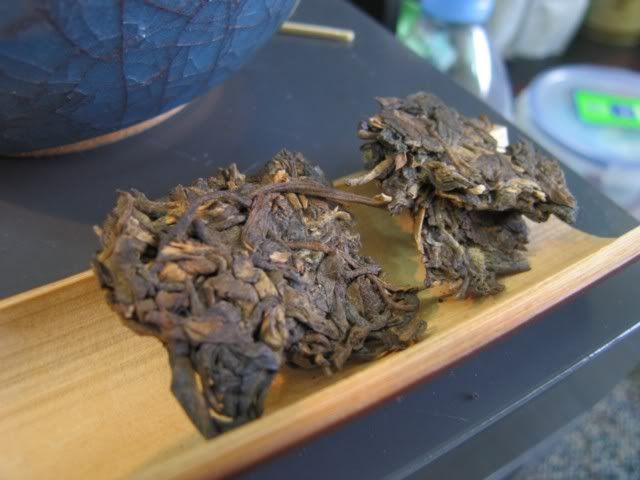
I randomly picked out this, sample 2, to drink. Looks rather normal, smells slightly musty, and really nothing identifying about the tea when dry.
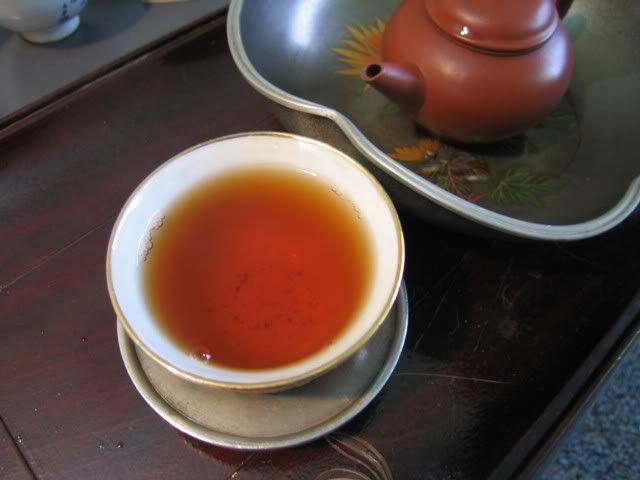
The liquor tells me it is a little aged, smells that way too, probably Taiwan stored, since it smells somewhat similar to the 2004 Gan’en Yiwu that I tried a few days ago. Oddly enough, it tastes sort of similar too. A bit mellow, but not too mellow, a bit sweet, but still retaining a bit of an edge…. Yiwu as well, perhaps? At the very least, it tastes like a softer tea that has been stored a few years in similar conditions. Not too bad, nothing too exciting either.
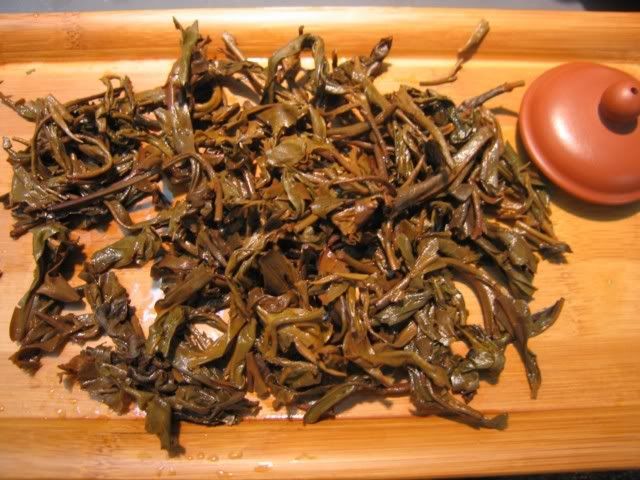
Turns out this is the 2000 (or is it 2001?) brick of Chen Guanghe Tang Yiwu. If I remember correctly, it is one of those things that sold out rather quickly. I don’t understand why there is sometimes a mad rush for teas that appear on some vendor’s website, while other items languish forever, looking for a buyer that never shows up. Other than perhaps the reputation of some of these people or brands, there is really nothing to go by when buying these cakes, for there isn’t even time for samples to arrive, I believe, before they are all gone. Why the rush? It’s not as if the teas will never show up again, or that they are the very last of a production. Good tea is everywhere; you just need to find them. Just because something isn’t “famous” doesn’t mean it’s not good, and also, just because something IS famous doesn’t necessarily mean it’s really good, or, in some cases, good enough to justify the price (88 Qing bing comes to mind). Besides, one can always try to find a friend or two in Taiwan or China to help locate such things, digital communications being what they are today.
Anyway, digression aside, I think this tea, for what it’s worth, is not too bad. Certainly better than some of the more recent stuff I’ve seen floating around. I don’t think Chen Guanghe Tang was producing stuff back then, so this was a cake that was made by another factory and re-labeled with his private mark. I do wonder if there’s any connection with the Gan’en factory, because the teas do taste quite similar.


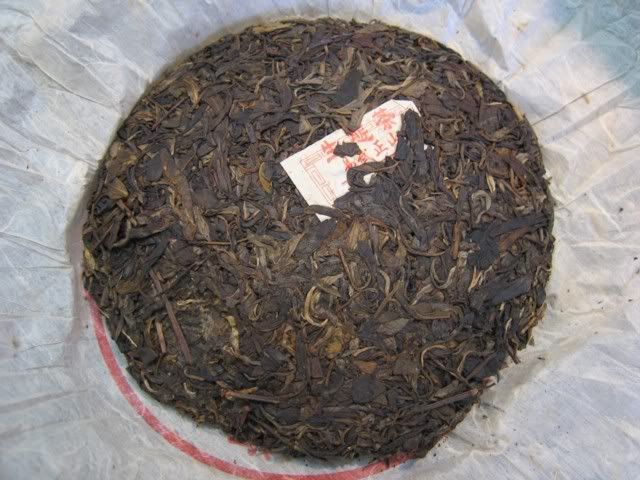
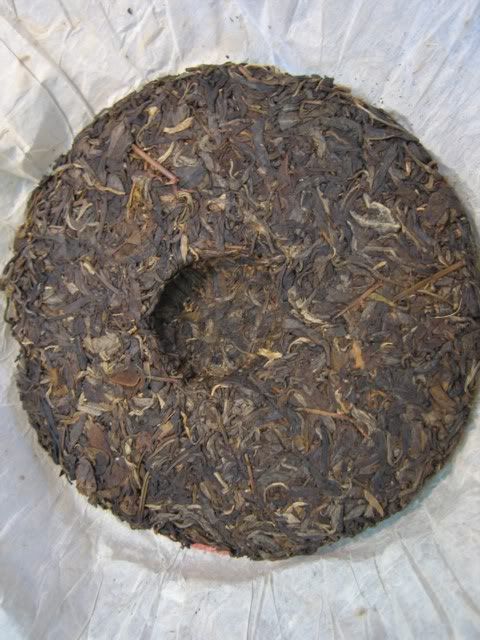
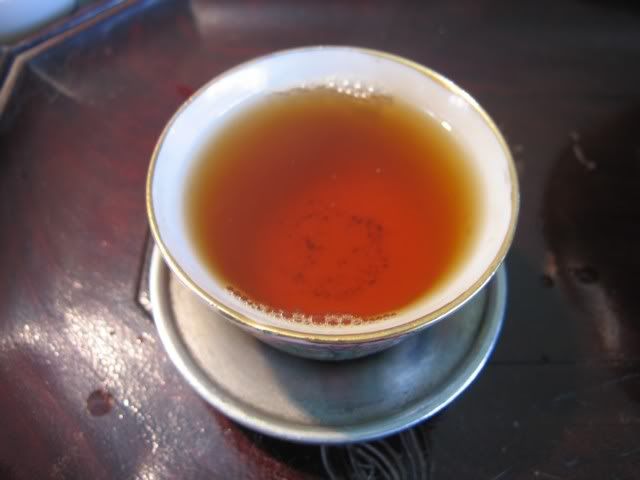
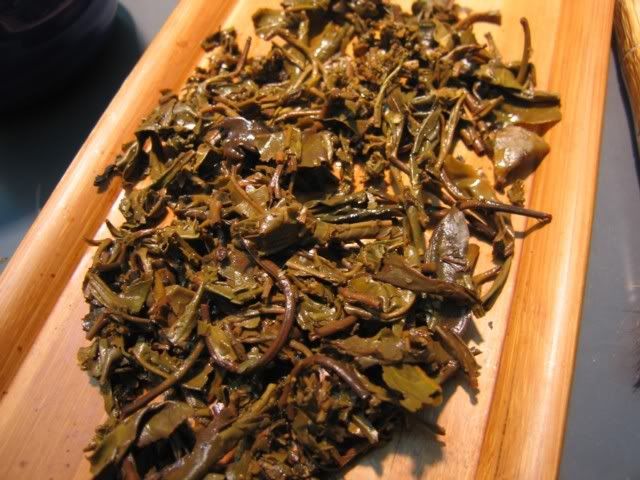




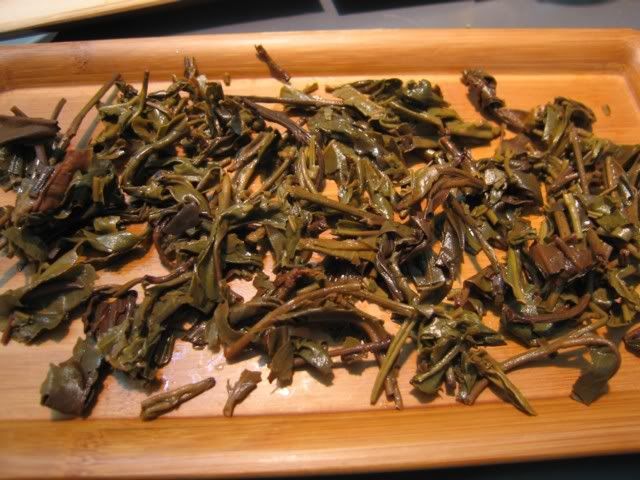
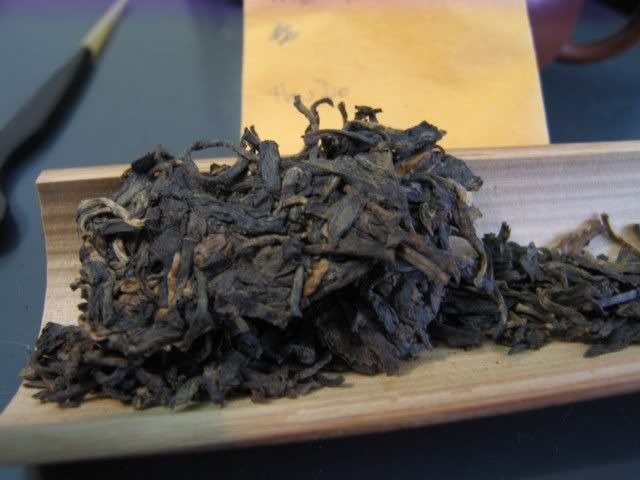
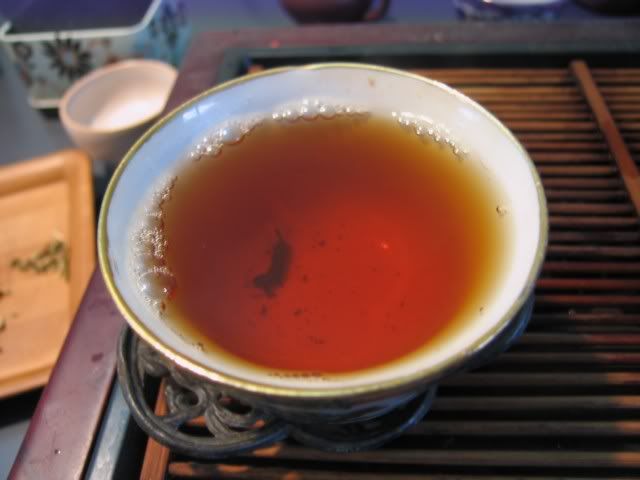

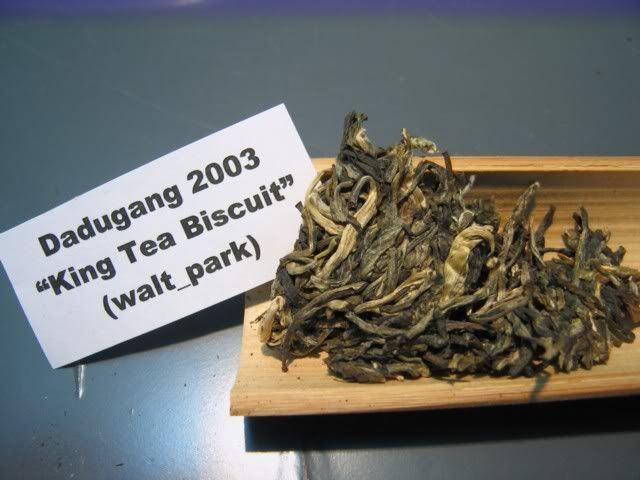
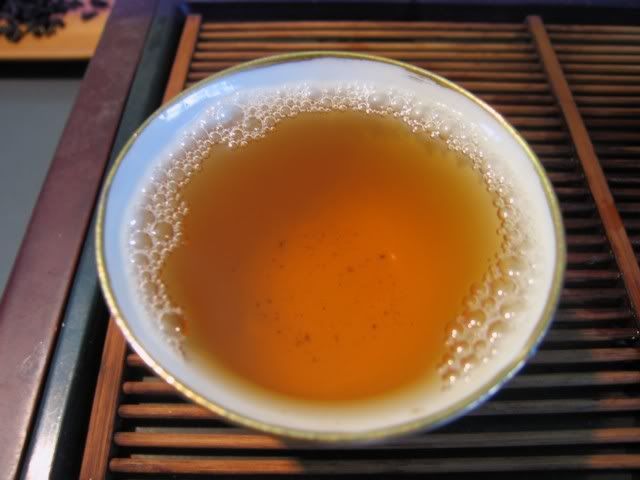
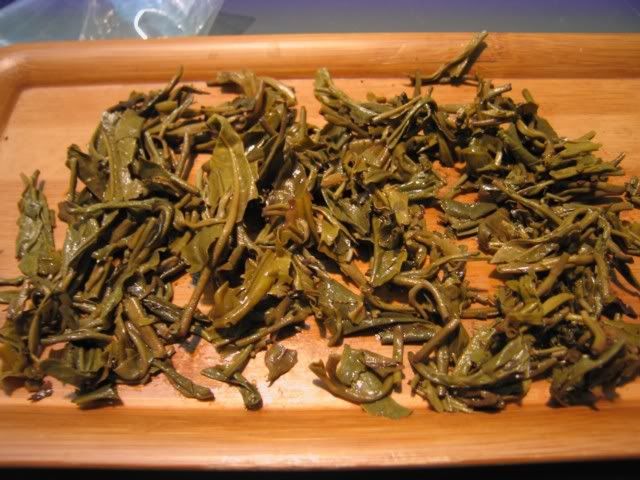
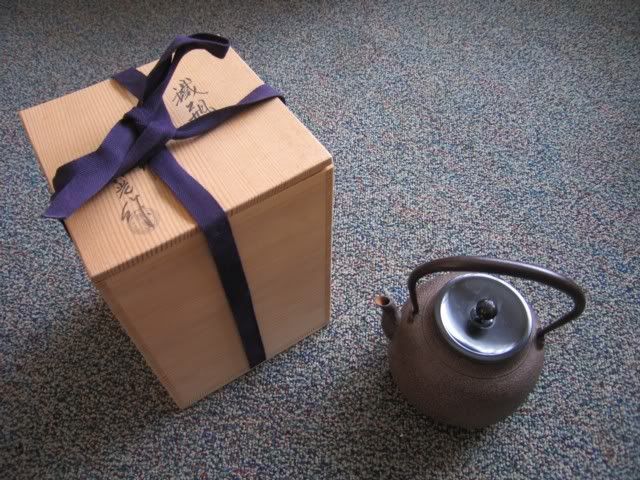
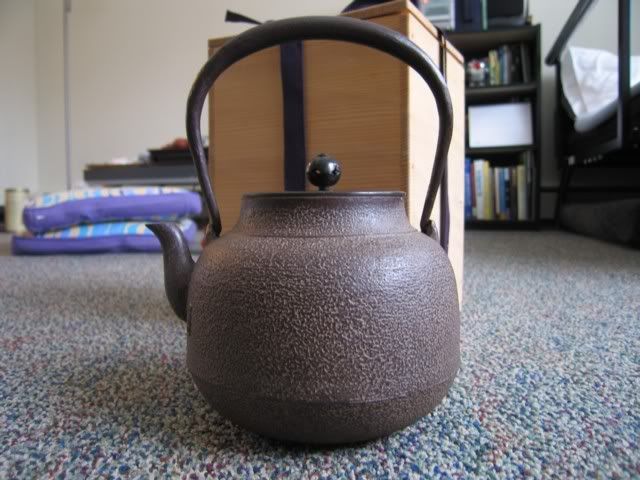
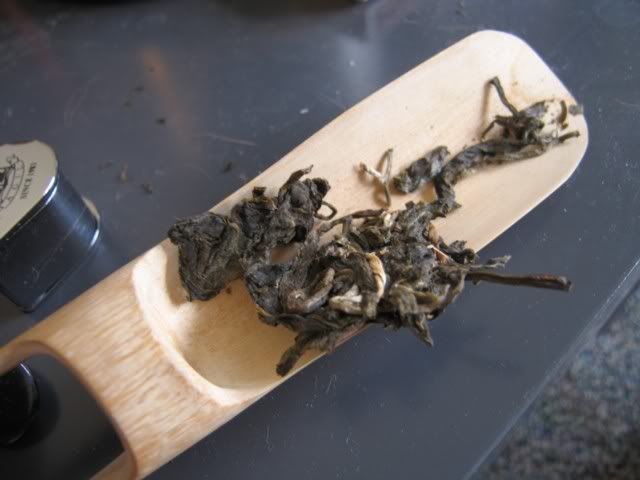
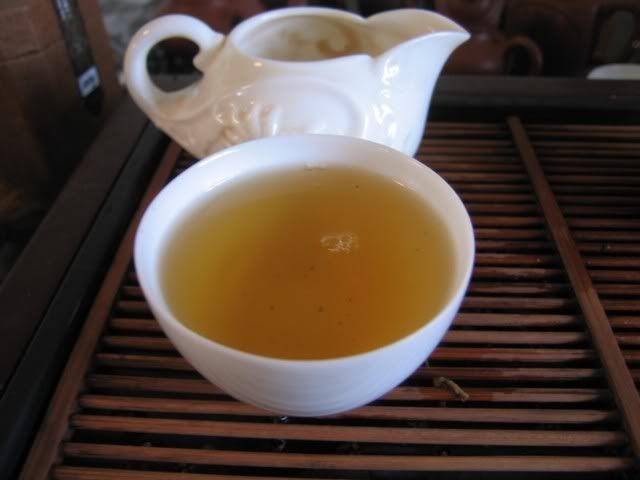
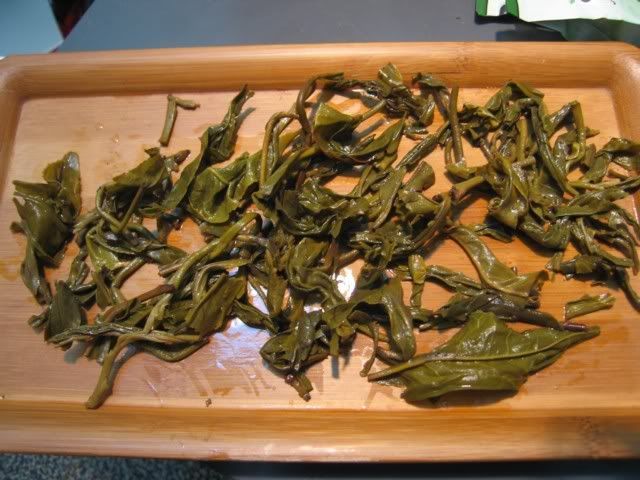





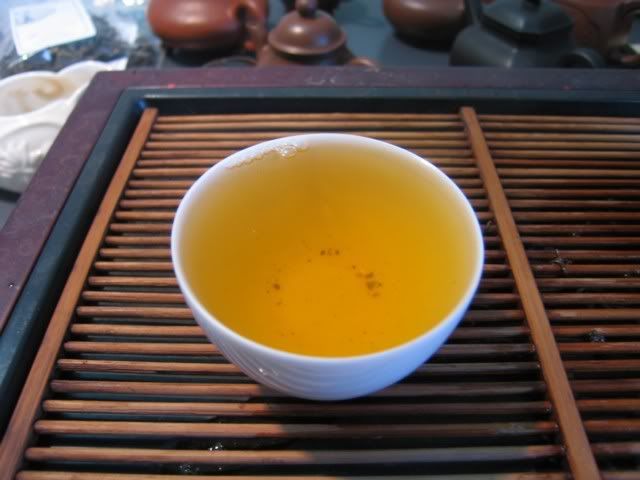
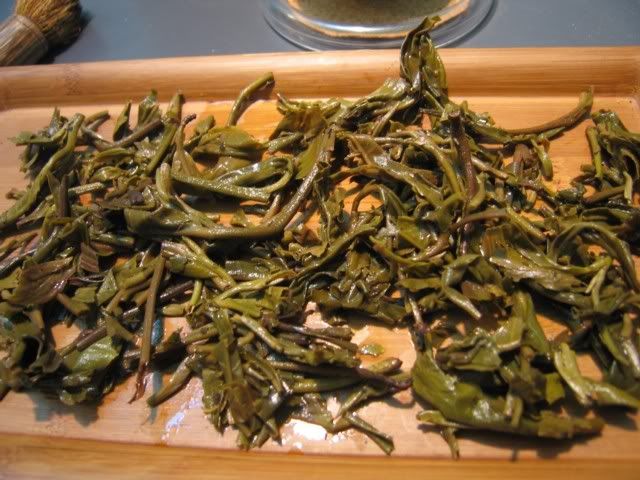
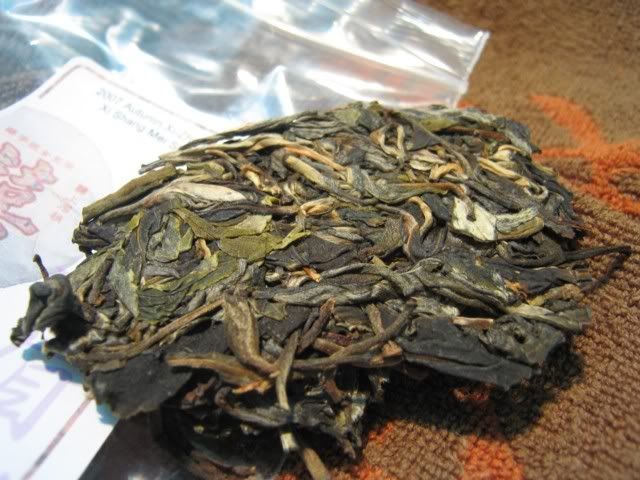
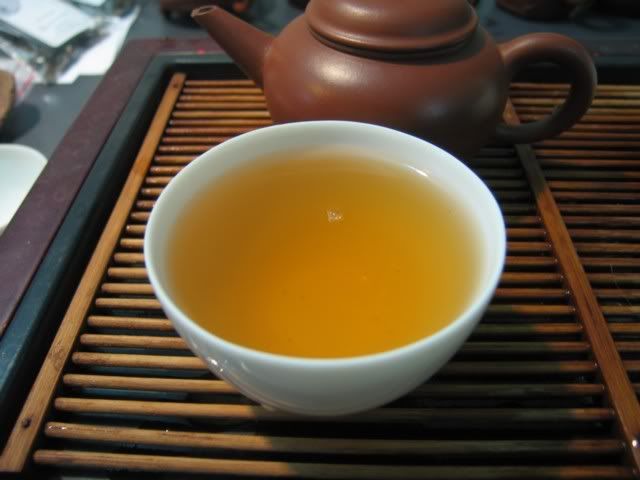
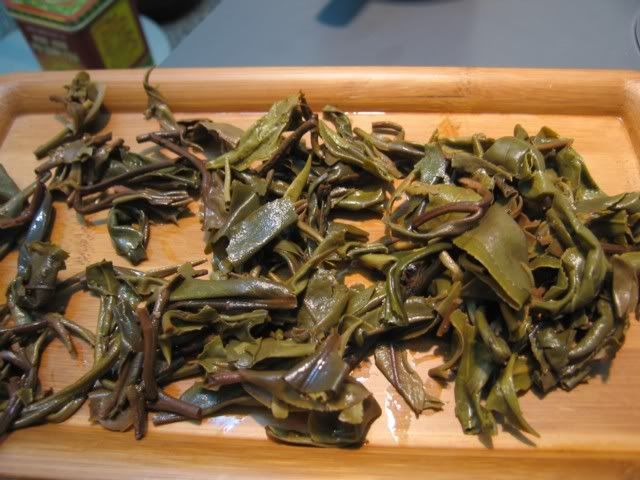
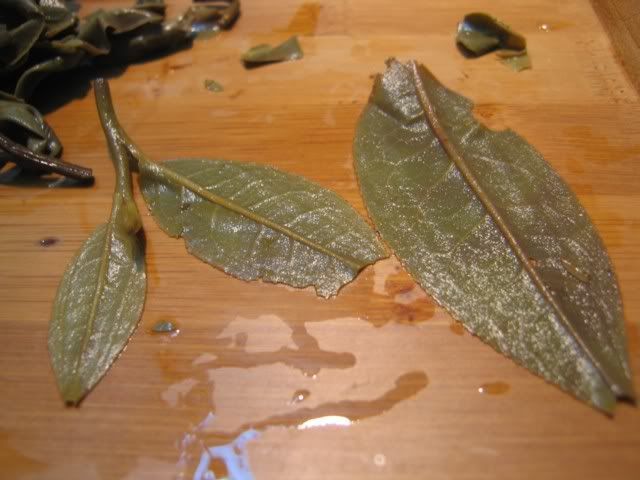
 RSS - Posts
RSS - Posts
Interesting.... would 250C in my oven work?